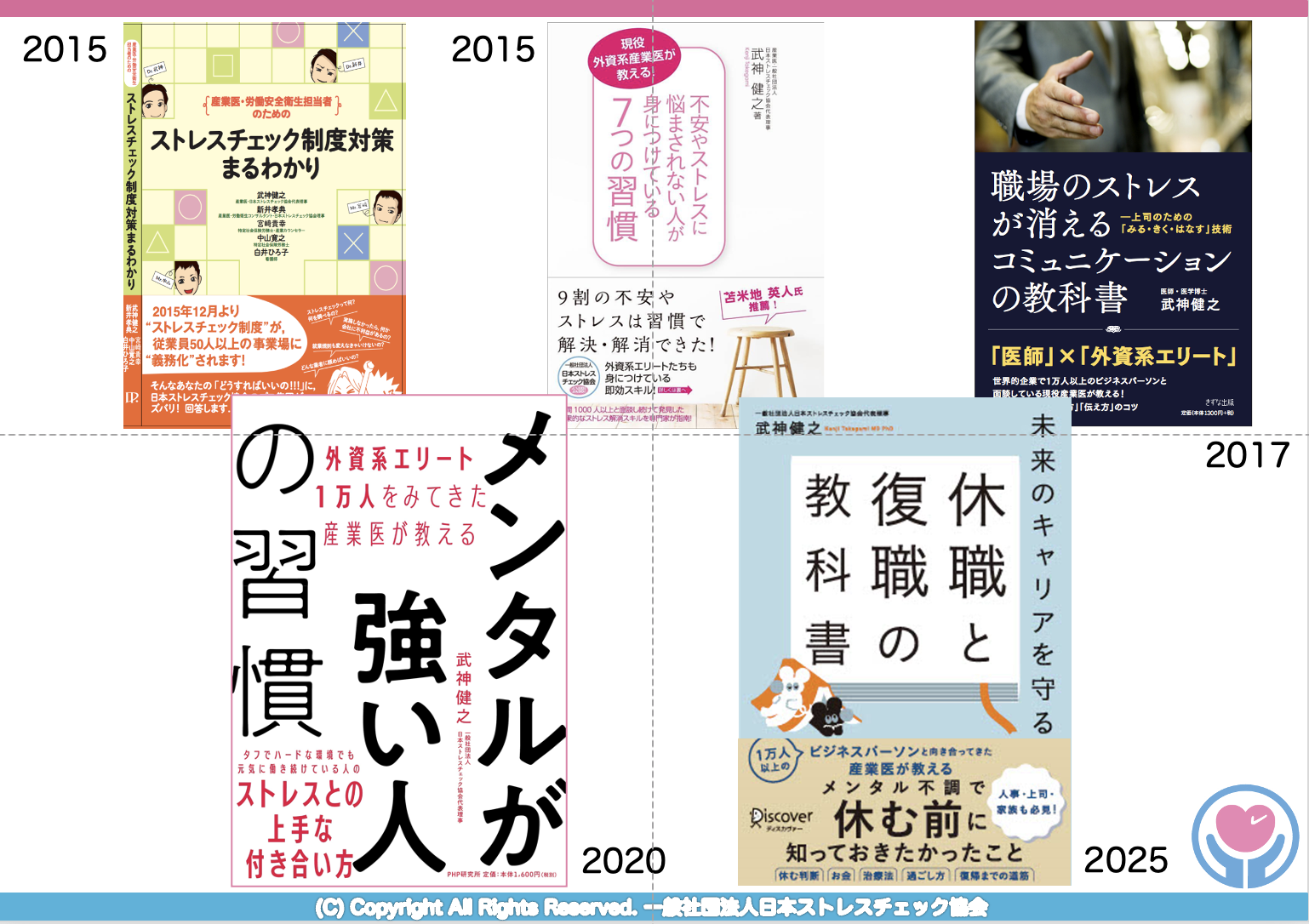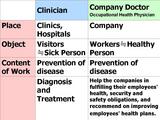1. The employee has been suffered from a mental disease.
2. The employee was under a strong mental stress from his/her work for half an year, before the onset of the symptom.
・ Failure at work
・ An increase of his/her responsibility
・ Changes in quality and amount (time) of work
・ Changes in his/her position, (forcing him/ her to retire)
3. Find no other stress or personal reasons to have a mental stress/disease apart from his/her work.
・ Divorce, separation, family’s death.


